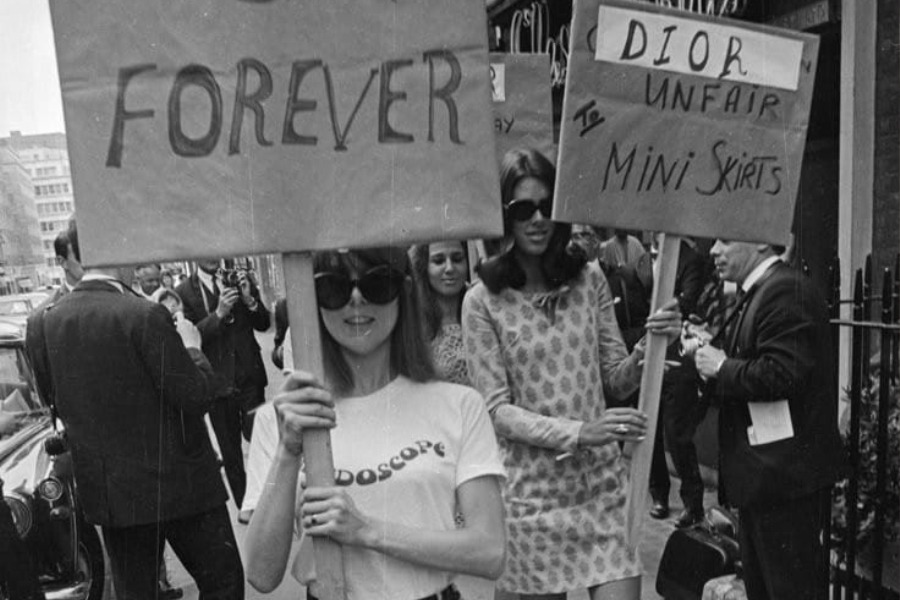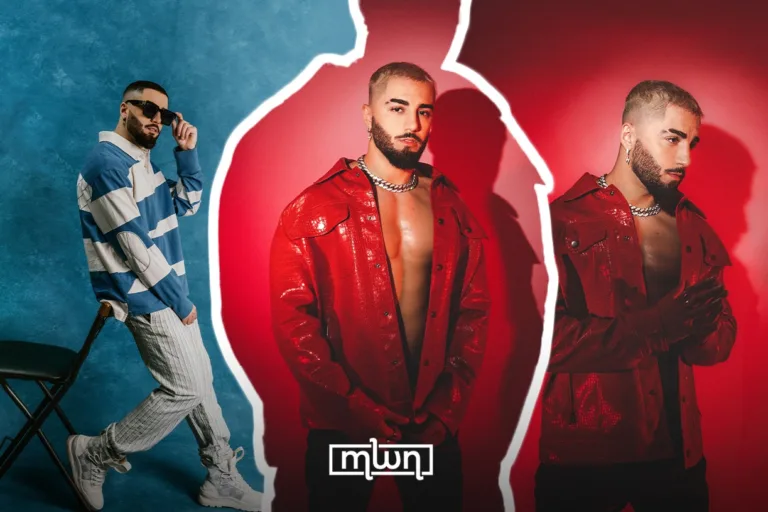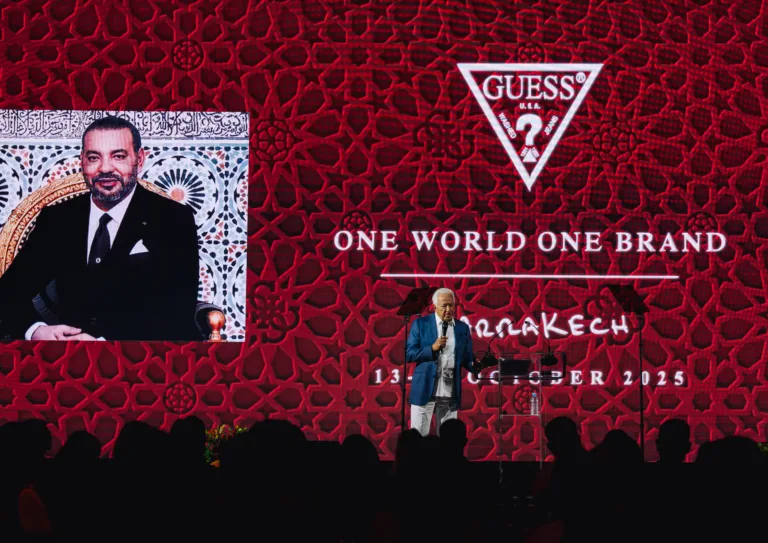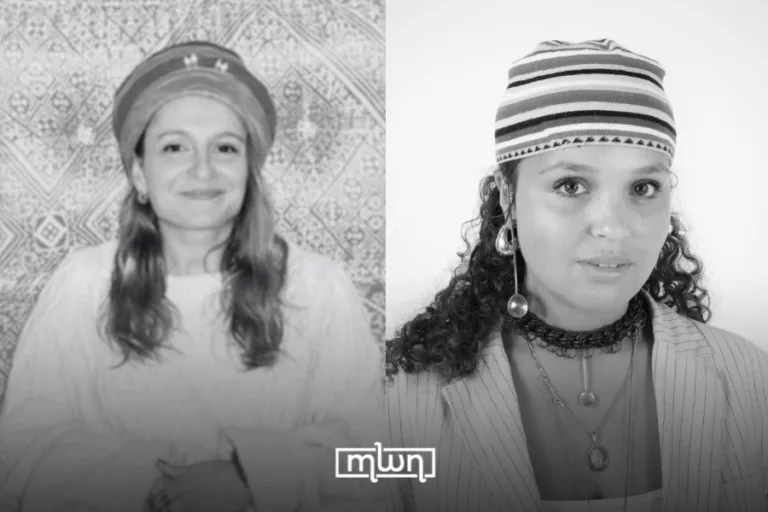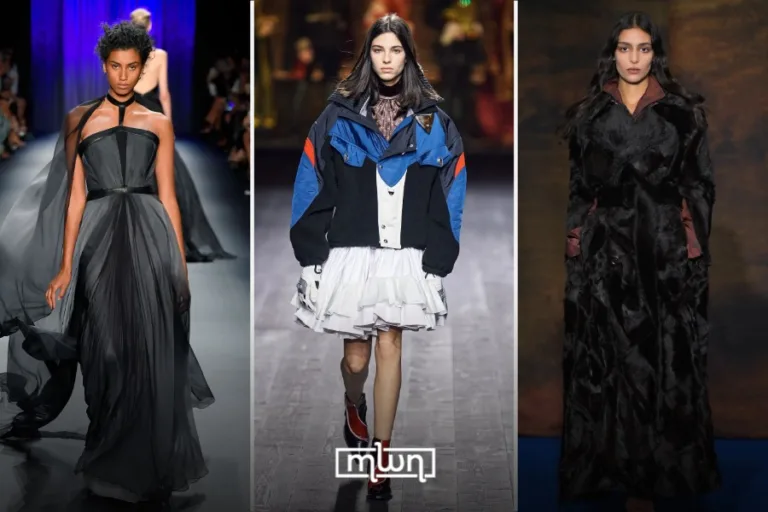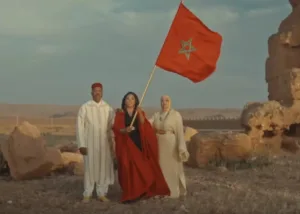Fashion has a history of defiance, and many of the most influential trends started as a push against the status quo, later shaping the very fabric of modern culture.
Fez– Throughout fashion history, numerous trends that began as acts of rebellion have seamlessly woven themselves into the fabric of mainstream culture. These styles, initially symbols of defiance against societal norms, have evolved to become everyday attire.
Bloomers: challenging Victorian constraints
In the mid-19th century, women’s fashion was dominated by restrictive corsets and voluminous skirts, limiting mobility and reinforcing societal expectations of femininity.
Amelia Bloomer, a women’s rights activist, introduced “bloomers”: loose-fitting trousers gathered at the ankles, as a comfortable alternative. These garments symbolized a push for women’s liberation and autonomy. Today, bloomers have resurfaced in modern fashion, blending vintage charm with contemporary sensibilities.
Mini skirt: a hemline revolution
The 1960s witnessed the rise of the mini skirt, a daring departure from traditional modesty. Pioneered by designers like Mary Quant, the mini skirt became emblematic of youth culture, sexual liberation, and resistance to conservative dress codes.
Its popularity during events like the May 1968 protests in France proved its association with rebellion. Over time, the mini skirt has cemented its place as a versatile staple in women’s fashion, embodying both empowerment and style.
Slogan T-shirts: wearing your message
Emerging from the punk movement of the 1970s, slogan T-shirts transformed simple attire into canvases for political and social commentary.
Designers like Vivienne Westwood and Katharine Hamnett used bold text to challenge authority and provoke thought.
Hamnett’s 1983 “Choose Life” T-shirt, for instance, became iconic for its anti-war message. Today, slogan tees are ubiquitous, allowing individuals to express personal beliefs and affiliations through fashion.
African prints: a trip to the wildside
In the 1960s and 1970s, African Americans embraced African prints like Kente cloth and Dashiki shirts to express pride in their heritage and challenge Western beauty standards.
These textiles became synonymous with the “Black is Beautiful” movement, promoting self-love and cultural affirmation. Today, African prints have transcended cultural boundaries, influencing global fashion while honoring their rich origins.
The ‘Youthquake’ movement
Coined by Vogue’s Diana Vreeland in 1965, the “Youthquake” movement marked a seismic shift in fashion, driven by the younger generation’s desire for change.
Rejecting the conservative styles of previous decades, youths embraced bold colors, mini skirts, and innovative designs.
This movement democratized fashion, leading to the rise of ready-to-wear collections and boutiques catering to youthful tastes. The legacy of Youthquake is evident in today’s fashion landscape, where youth-driven trends continue to influence mainstream styles.
Streetwear: effortless fashion made for comfort
Originating from the skateboarding and hip-hop scenes of the late 20th century, streetwear was a direct challenge to high fashion’s exclusivity.
Brands like Supreme and designers such as Clint 419 of Corteiz Rules The World (CRTW) epitomized this movement, using scarcity and guerilla marketing to build cult followings.
Today, streetwear’s influence is undeniable, with luxury fashion houses collaborating with streetwear brands, blurring the lines between counterculture and couture.
The evolution of these once-rebellious fashion trends into mainstream staples serves as a testament to the power of style as both a social commentary and a tool for cultural transformation.
Fashion, often at the forefront of social change, has the ability to transcend its roots in activism and counterculture, becoming universal symbols of freedom, identity, and individual expression.
What began as acts of defiance against societal norms now represents the fluidity and adaptability of human creativity, showing how fashion can challenge, redefine, and ultimately reshape the way we see the world.
Read also: The Influence of Moroccan Royalty on Modern Elegance

